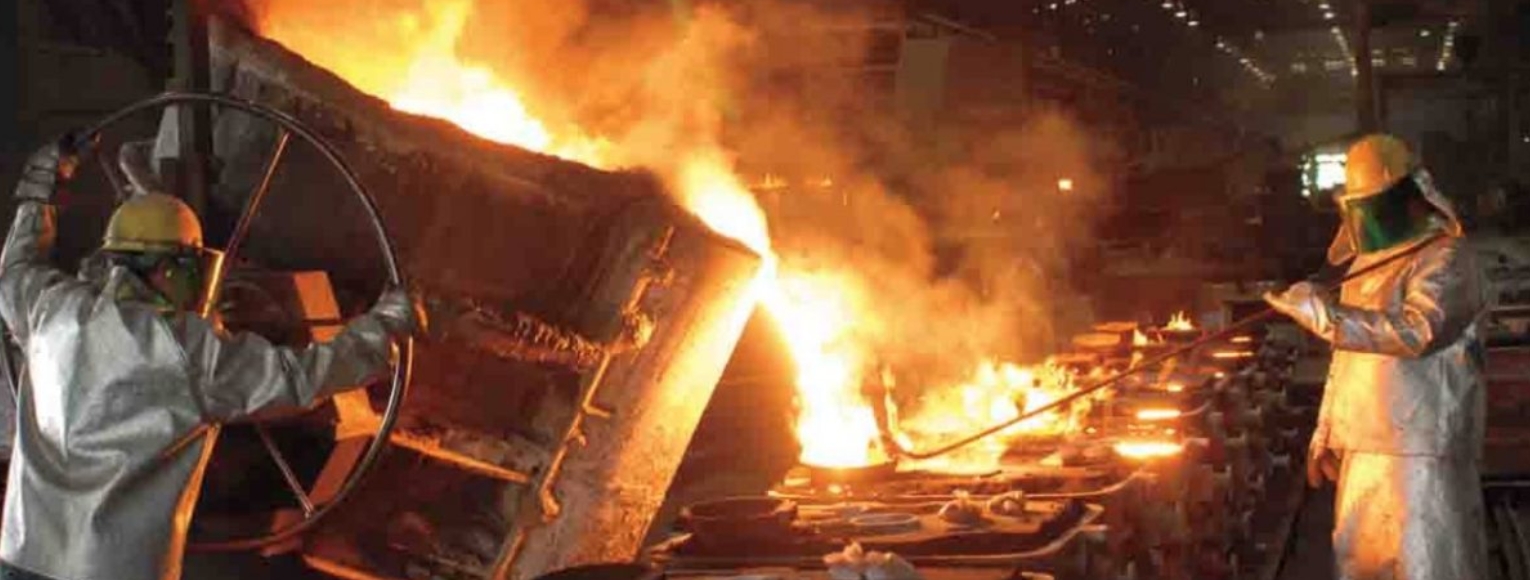
The steel casting process, while highly beneficial for manufacturing complex and durable components, faces several challenges. Understanding these challenges and the corresponding solutions is crucial for improving efficiency, quality, and sustainability in the steel casting process industry.
Challenges in the Steel Casting Process
- Quality Control Issues
- Porosity and Inclusions: Tiny holes or foreign materials within the cast can weaken the structure.
- Surface Defects: Issues like cracks or uneven surfaces.
- Cost Concerns
- High Energy Consumption: Melting and maintaining molten steel requires significant energy.
- Material Costs: High-quality steel and casting materials can be expensive.
- Complexity in Design and Production
- Mold Design: Creating intricate and accurate molds is challenging.
- Casting Large Parts: Ensuring uniform quality in large castings.
- Environmental Impact
- Emissions: Producing steel casts leads to greenhouse gas emissions.
- Waste Management: Disposal of used molds and excess material.
- Workforce Safety
- High-Temperature Operations: Risks of burns and heat-related injuries.
- Chemical Exposure: Handling hazardous materials.
Solutions and Best Practices
- Advancements in Quality Control
- Improved Inspection Techniques: Using advanced non-destructive testing (NDT) methods like ultrasonic or X-ray inspections.
- Process Optimization: Fine-tuning the casting process to reduce defects.
- Cost Reduction Strategies
- Energy-Efficient Furnaces: Investing in modern furnaces that consume less energy.
- Recycling and Reuse: Melting scrap steel and reusing mold materials.
- Addressing Design and Production Complexities
- CAD and Simulation Software: Utilizing computer-aided design and simulation to predict and solve mold and casting issues.
- Modular Molds: Developing modular molds for easier and more efficient casting of large parts.
- Environmental Sustainability Efforts
- Emission Control Technologies: Implementing technologies to reduce greenhouse gas emissions.
- Waste Reduction Initiatives: Recycling and finding uses for casting by-products.
- Enhancing Workforce Safety
- Safety Training and Equipment: Regular training and provision of protective gear.
- Automated Systems: Incorporating automation to minimize direct human exposure to hazardous operations.
Emerging Technologies
- 3D Printing in Mold Making: Using 3D printing to create accurate and complex molds.
- Use of AI and Machine Learning: Implementing AI to optimize casting processes and predict defects.
Conclusion
While the challenges in the steel casting process are significant, continuous technological advancements and industry best practices are providing effective solutions. By prioritizing quality control, cost efficiency, design accuracy, environmental sustainability, and workforce safety, the steel casting process industry can achieve greater efficiency and productivity while minimizing its environmental footprint.
